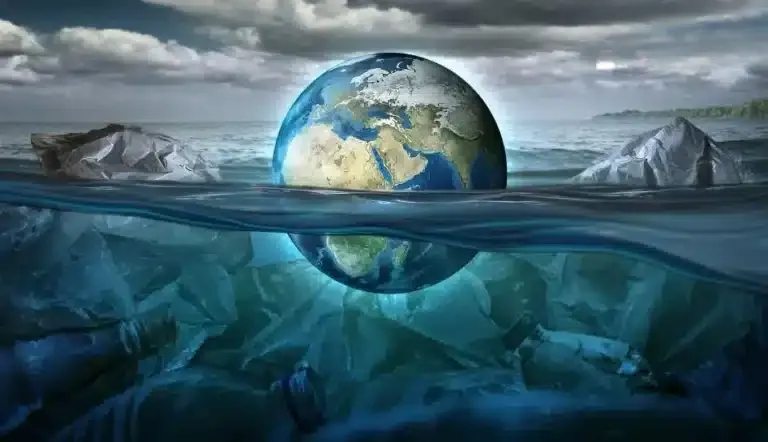Climate change: Warm winters set new temperature records globally
Author
Author
- admin / 1 year

- 0
- 3 min read

Author
Disruption of winter upsets a series of vital environmental processes that nourish life on earth.
Kashmir Valley, one of India’s coldest places, is witnessing an unusually warm winter with day temperature hovering over 15 degrees Celsius, at par with the capital city, New Delhi. In the middle of winter, spring is in the air. Trees are leafing out and green grass is sprouting across the landscape. The season’s early onset has alarmed the valley. It bodes ill for the year ahead. A snowless, warm winter will further deplete already retreating glaciers, which, in turn, will reduce the discharge in the waterbodies. Farmers will have a hard time irrigating their lands. Diminished water levels will also hamper the capacity of hydropower facilities to produce sufficient electricity for export and local consumption.
In 2024, a dry, sunny winter in Kashmir stands out as one of the numerous fallouts of the global disruption being caused by climate change. For example, the December-to-February winter period has become the fastest-warming among the three-month seasons for nearly 75% of the United States, according to an analysis of NOAA temperature data conducted by Climate Central, a nonprofit climate research group. The study examined average winter temperatures across 240 locations in the US, and in 233 out of them, temperatures have shown an increase since 1970. Ditto across Canada and Europe, where people are seeing a lot less snow than usual so far this winter, along with unseasonably warm weather that has set new temperature records in some places.
Warming winters are one of the most conspicuous signs of climate change. Needless to say, their recurrence has devastating consequences. Winter, in a sense, is the womb from which the new year is born. It is also the season that ends a year. It symbolises the end and the beginning at the same time: an end that leads to a new beginning. A snow-bound winter adds more ice to glaciers which, in turn, recharges vital aquifers and keeps the rivers and streams flowing. The season also enriches soil which, in turn, sustains vegetation through spring and summer. Disruption of winter thus upsets a series of vital processes that nourish life on earth.
Sadly, this troubling state of affairs is not going to end anytime soon. As things stand, climate change looms large as the leading global challenge over the next ten years. The World Economic Forum’s latest Global Risks Report lists climate change at the top in its four structural forces “that will shape the materialisation and management of global risks over the next decade.” More alarmingly, climate change dominates the risks landscape across all three timeframes outlined in the report – 2024, 2023-2024, and the ten-year time horizon.
“Extreme weather as the top risk most likely to present a material crisis on a global scale in 2024, with the warming phase of the El Niño-Southern Oscillation (ENSO) cycle projected to intensify and persist until May this year,” the report says. “It is also seen as the second-most severe risk over the two-year time frame and similar to last year’s rankings, nearly all environmental risks feature among the top 10 over the longer term.”
Incidentally, the report also mentions “misinformation and disinformation, and tools to disseminate it” as one of the major risks, warning “resulting unrest could range from violent protests and hate crimes to civil confrontation and terrorism.” Here’s to a future where these bleak prognostications remain unrealised.
Read more : Climate change debate: putting health first










